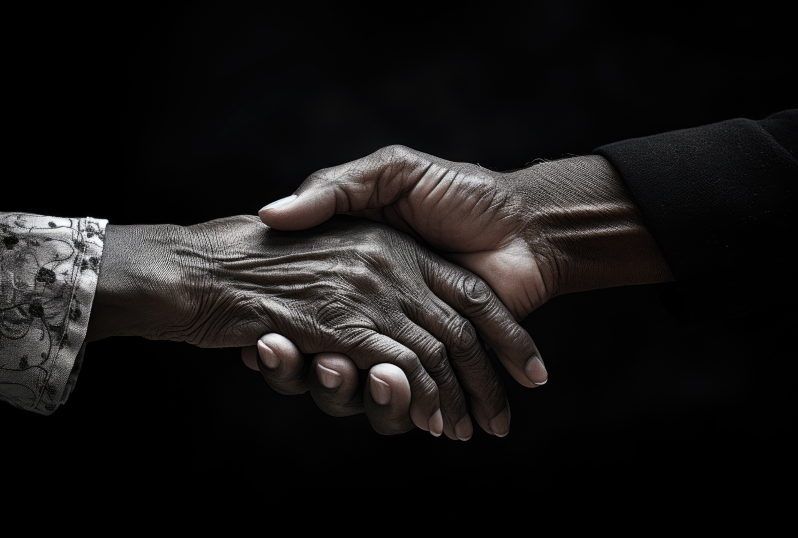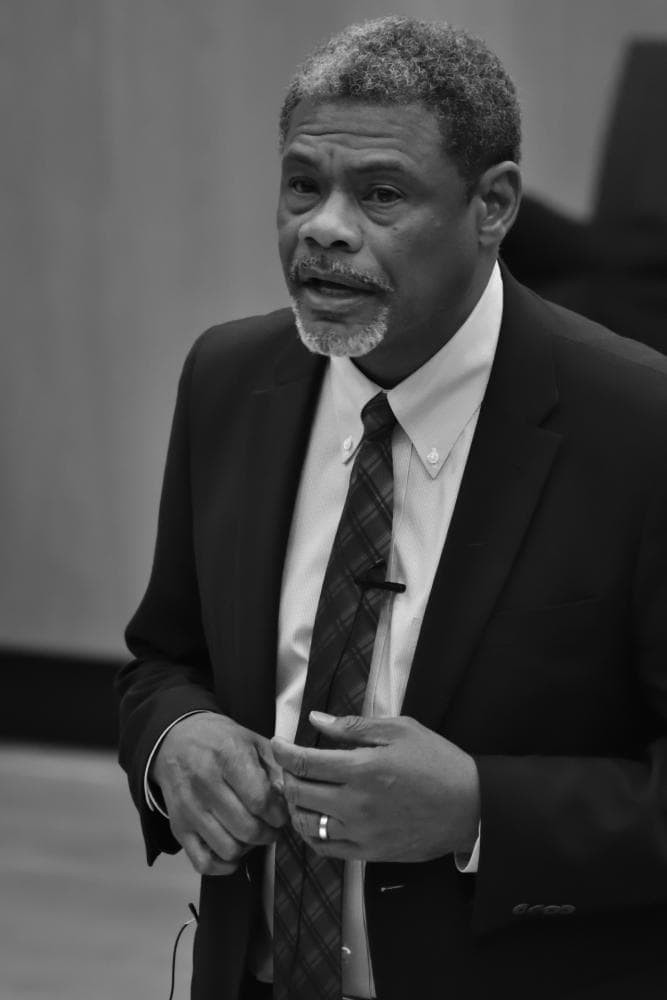Crispus Attucks, the first martyr of the Boston Massacre in 1770, was probably born near Framingham, Massachusetts, a Christianized and multitribal town of Indians, whites, and blacks, in 1723. Unusually tall for the era at six feet, two inches, Attucks was of mixed ancestry, the son of an African American man and an American Indian woman. It is believed that he was the slave of William Brown since he was reported in the Boston Gazette on October 2, 1750 as having escaped from Brown; Attucks was listed as age 27 at the time. By the time of the Massacre he was 47 and working as a sailor in Boston and around the Atlantic Basin.
By 1770, the colonists of Boston had been harassed by the British soldiers known as the “Redcoats.” Tired of the harassment, on March 5, 1770, Crispus Attucks and his compatriots marched up to the King Streets Custom House with banners calling for independence from England. They allegedly threatened the British guards with clubs, chunks of ice, and rocks. What actually happened in the confrontation between the colonists and the British soldiers is debatable. What is known is that “[a] group of citizens, apparently led by a tall robust man with a dark face appeared on the scene” and confronted the eight British soldiers. The soldiers fired and Attucks and three other men, Samuel Gray, Samuel Maverick, and James Caldwell, were killed. On November 27, 1770, the soldiers were tried in a Boston court for murder. During the trial it was reported that Attucks fell first with one bullet lodged in his right chest. He was shot by the British soldier William Warren.
Six of the eight British soldiers were acquitted on the grounds of self-defense while the remaining two received a conviction of a lesser charge than manslaughter. John Adams, who would become the second president of the United States, suppressed his own desire for independence from the British in order to give the soldiers legal representation he felt they deserved.
By the time of the Revolution the Boston Massacre was already enshrined in memory as the first deadly confrontation in the struggle for American independence from the British. Religious and political leaders gave sermons and speeches commemorating the “fallen ones” in the massacre. Freed African Americans in Massachusetts, inspired by Attucks’ heroism, began to successfully petition for their freedom.
By the 1850s, African Americans had long hailed Attucks as a Revolutionary patriot and as a symbol of loyalty, black citizenship, and racial pride. His service to the nation provided arguments for the abolitionists in their quest to end the institution of slavery. On March 5, 1858, just prior to the Civil War, prominent black Boston abolitionists William C. Nell and Lewis Hayden, invoked Attucks’ actions again when they established a Crispus Attucks Day with a festival at Faneuil Hall.
In 1998, the United States minted a coin in honor of Attucks to mark the 275th anniversary of his birth and to celebrate African American Revolutionary patriots. Today, African Americans remember Attucks’ life through Attucks Day Celebrations, organizations and institutions bearing his name, and a monument to him on the Boston Common.




















